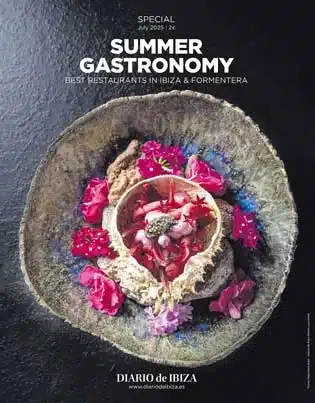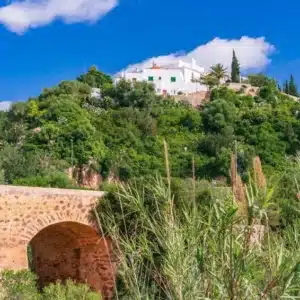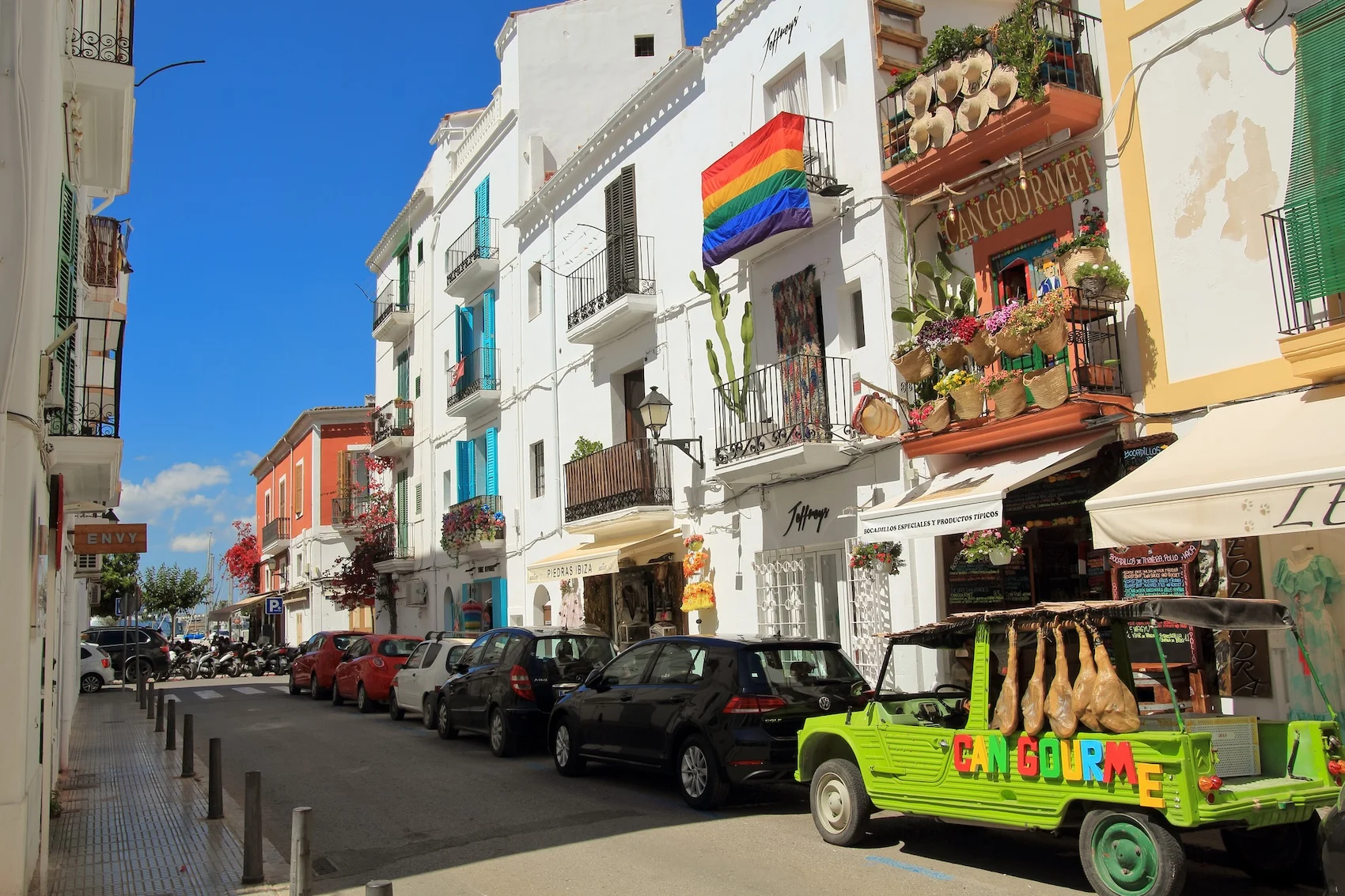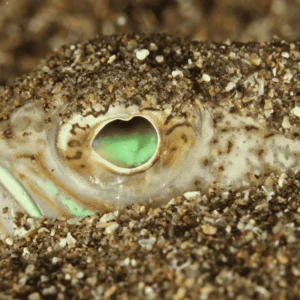Es Vedrà, a striking limestone islet rising approximately 400 metres above the Mediterranean Sea, is situated off the southwestern coast of Ibiza. Despite its modest size, this uninhabited rock has become a focal point of numerous myths and legends, captivating the imaginations of locals and visitors alike.
Its enigmatic presence has inspired tales ranging from ancient mythology to modern-day UFO sightings, each contributing to the mystique that surrounds this natural monument.
1. The sirens of Es Vedrà
One of the most enduring legends associated with Es Vedrà links the islet to the sirens of Greek mythology. According to local lore, Es Vedrà is believed to be the island of the sirens mentioned in Homer’s epic, ‘The Odyssey’.
In the tale, the hero Odysseus must navigate past an island where sirens sing enchanting songs to lure sailors to their doom. Some interpretations suggest that Es Vedrà served as the inspiration for this perilous locale, with its imposing cliffs and isolated position embodying the treacherous allure described in the ancient text.
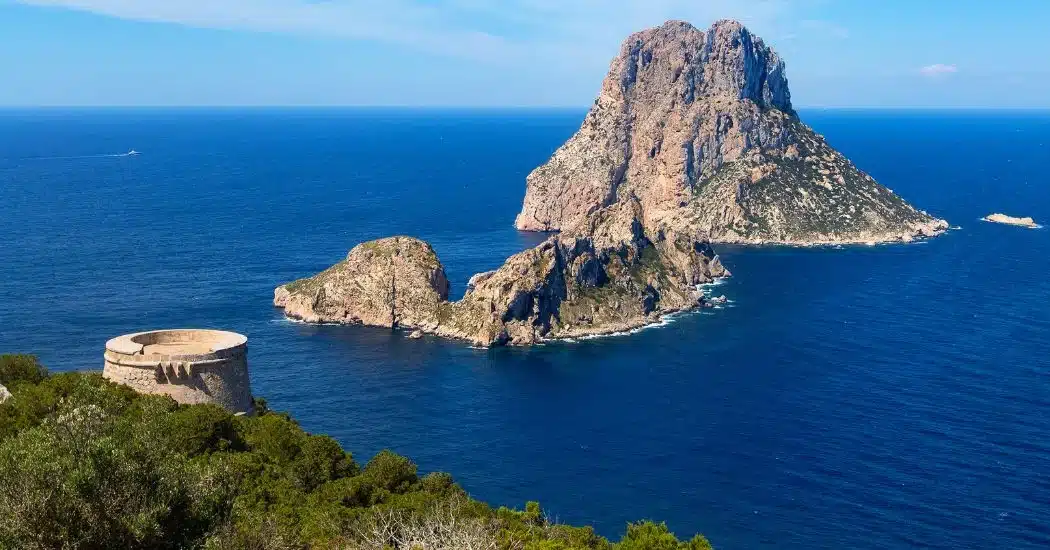
2. The magnetic anomaly
Es Vedrà is often cited as one of the most magnetic places on Earth, purportedly ranking third after the North Pole and the Bermuda Triangle. This claim suggests that the islet exerts a significant magnetic influence, causing navigational instruments to malfunction in its vicinity.
However, scientific investigations have found no evidence of unusual magnetic properties in the area. The myth persists, possibly fueled by anecdotal reports from sailors and pilots who have experienced compass anomalies near the islet.
3. The Triangle of Silence
Expanding on the theme of magnetic anomalies, Es Vedrà is said to form part of the ‘Triangle of Silence’, a region analogous to the Bermuda Triangle. This triangle is delineated by Es Vedrà, the Peñón de Ifach in Calpe (Alicante), and a point on the southwest coast of Mallorca. Within this area, numerous accounts describe malfunctions in navigational systems, mysterious disappearances of vessels, and unexplained phenomena.
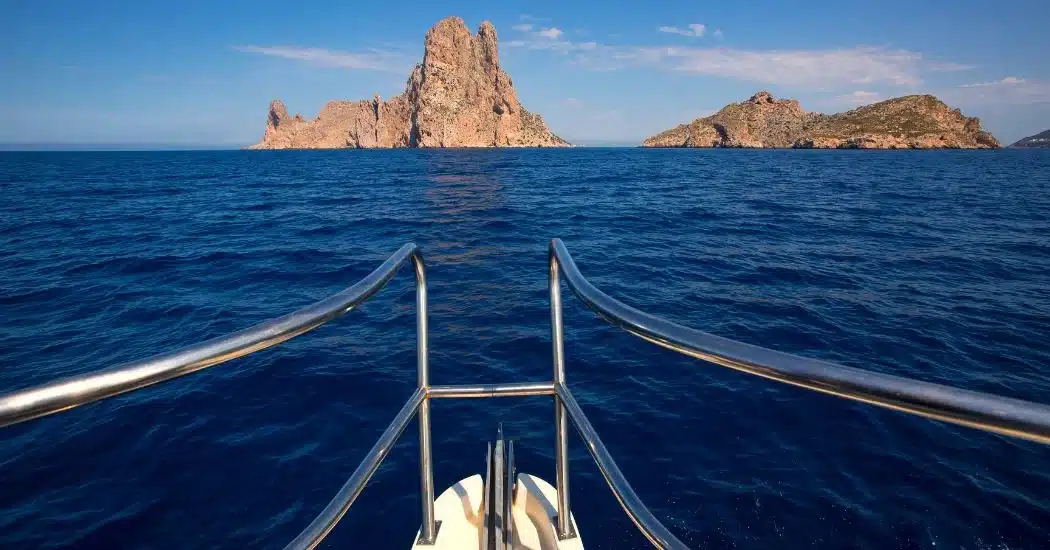
While these stories are compelling, there is a lack of empirical evidence to substantiate the existence of such a triangle or its purported effects.
4. UFO sightings and extraterrestrial theories
Es Vedrà has been a hotspot for UFO sightings and extraterrestrial theories. Over the years, locals and tourists have reported observing strange lights and unidentified flying objects in the skies around the islet. One notable incident is the ‘Manises UFO Incident’ of 1979, where a commercial flight was forced to make an emergency landing due to the presence of an unidentified object near Es Vedrà.
These accounts have led some to speculate that the islet serves as a base for extraterrestrial activity, though no concrete evidence supports these claims.
5. The legend of the Giant of Es Vedrà
In Ibizan folklore, Es Vedrà is the setting for the tale of ‘Es Gegant des Vedrà’ (The Giant of Es Vedrà). The story tells of two brothers who venture to the islet to collect a plant known as ‘rock samphire’ to cure their ailing father. Upon arrival, they encounter a fearsome giant residing in one of the island’s caves. Using their wits, the brothers manage to outsmart the giant, gather the necessary herbs, and return home to heal their father.
This narrative highlights themes of bravery and ingenuity, reinforcing the islet’s reputation as a place of mystery and adventure.
6. The sanctuary of Tanit
Another legend ties Es Vedrà to Tanit, the Phoenician lunar goddess of fertility and the patroness of Ibiza. It is believed that the islet was a sacred site where ancient inhabitants conducted rituals and made offerings to Tanit during full moons.
Archaeological evidence of such practices is scant, but the association endures, with some modern visitors reporting a sense of spiritual energy when near the islet.
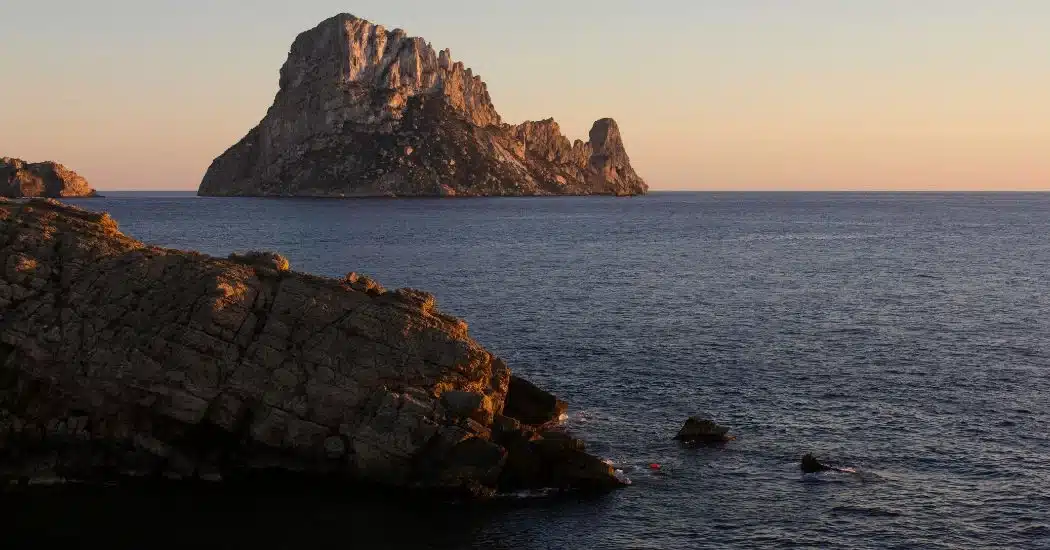
7. The hermit of Es Vedrà
In the 19th century, the Carmelite friar Francis Palau y Quer retreated to Es Vedrà for periods of meditation and solitude. During his stays, he claimed to have experienced profound spiritual visions and encounters with mystical beings. His writings describe these experiences in detail, contributing to the islet’s aura of mysticism.
While some view his accounts as spiritual reflections, others interpret them as evidence of the islet’s unique energy.
Modern interpretations and cultural impact
In contemporary times, Es Vedrà continues to inspire artists, musicians, and writers. Its image has graced album covers, and its silhouette is a popular subject in photography and visual arts. The islet’s enigmatic presence serves as a muse for creative expression, symbolising the intersection of natural beauty and the unknown.
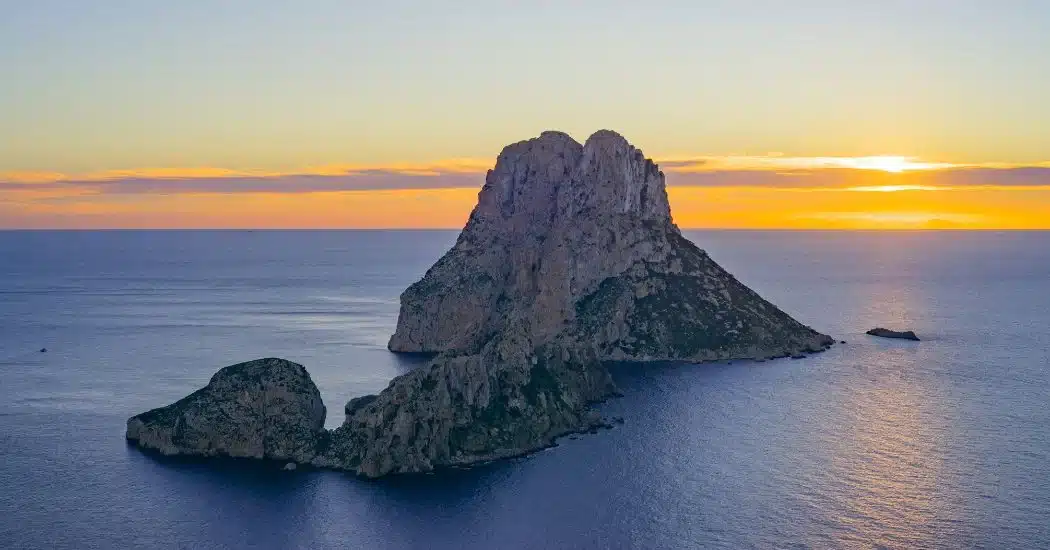
Scientific perspective
Despite the plethora of myths, scientific studies have not identified any unusual magnetic or geological properties associated with Es Vedrà. The islet is composed primarily of limestone and is part of the Cala d’Hort nature reserve. Its ecological significance is notable, serving as a habitat for various species of birds and lizards. The allure of Es Vedrà lies not in measurable phenomena but in the rich tapestry of stories and experiences it inspires.
Es Vedrà stands as a testament to the human propensity for storytelling and the search for meaning in the natural world. Whether viewed as a magnetic anomaly, a haunt of sirens, or a sanctuary of ancient deities, the islet embodies the mysteries that lie beyond the horizon. Its legends, while unproven, enrich the cultural and spiritual landscape of Ibiza, inviting all who gaze upon it to ponder the unknown.

